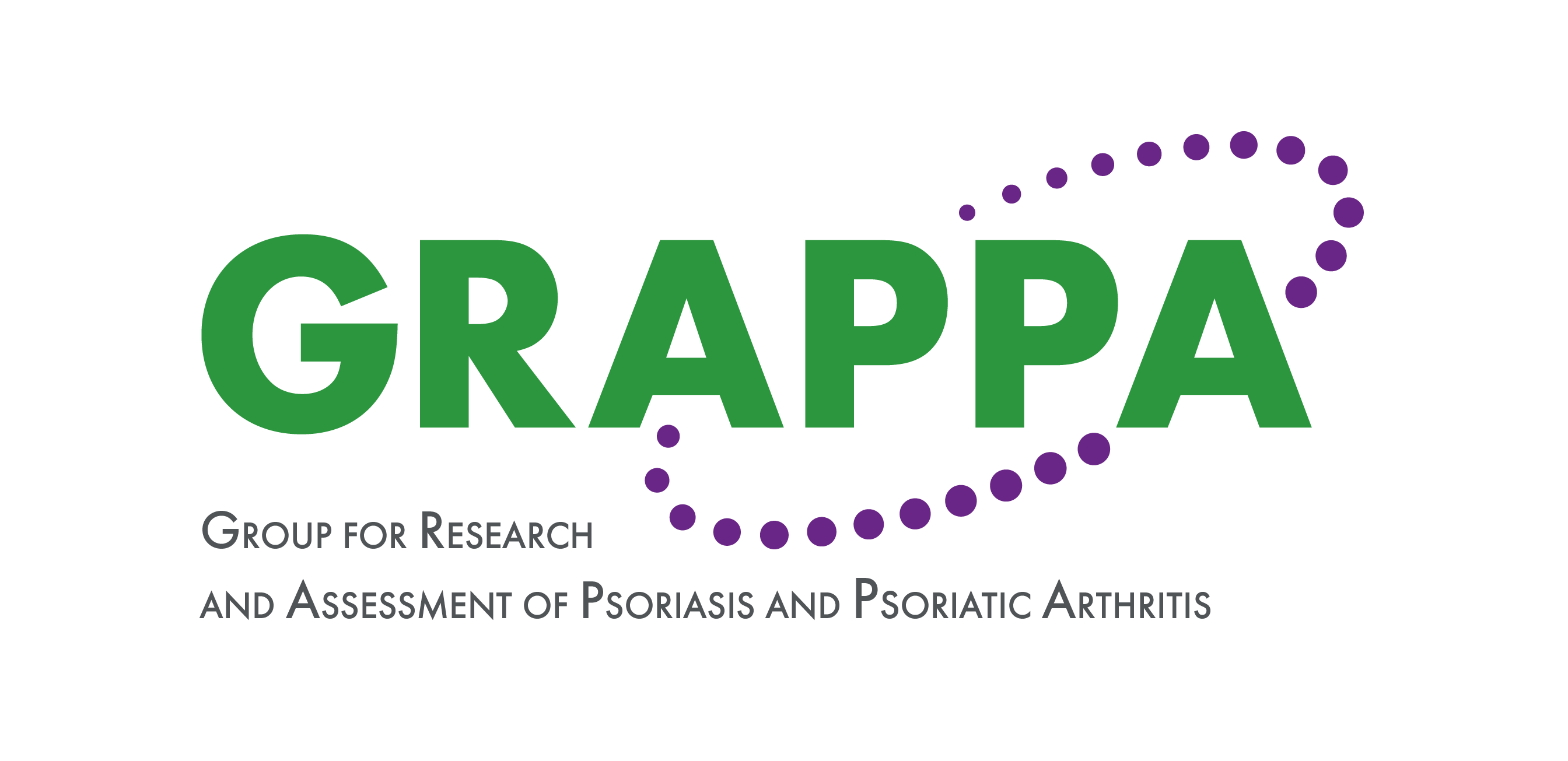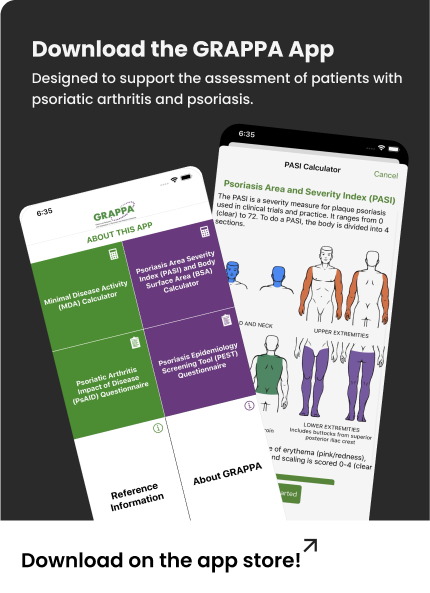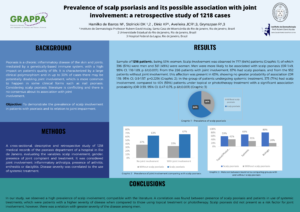Prevalence of scalp psoriasis and its possible association with joint involvement: a retrospective study of 1218 cases
Abstract Process
Aenean lacinia dui sed nisl porttitor, sed sodales quam euismod. Fusce et sem quam. Sed in sem quis est hendrerit vestibulum sed at risus. Ut volutpat ornare nulla, vitae ullamcorper sapien imperdiet non. Quisque tristique enim vel purus faucibus fringilla. Ut pellentesque arcu vel rhoncus convallis. Mauris tincidunt elementum dictum. Nunc luctus tortor mattis vestibulum lobortis. Praesent egestas, magna nec viverra feugiat, elit nisl dignissim nulla, non aliquam nisi sem vitae ipsum. In est magna, congue a ipsum sit amet, pulvinar sagittis augue. Nullam et purus egestas, vestibulum dolor eu, dignissim enim. Fusce pretium auctor urna, id volutpat erat tempor vitae. Ut et pharetra arcu, ornare sollicitudin ligula. Pellentesque vel facilisis risus. Mauris vestibulum tortor in quam hendrerit posuere. Ut viverra nibh neque, malesuada gravida orci semper et.
Duis sed purus in lacus pretium commodo. Mauris blandit mattis urna, id malesuada felis efficitur at. Cras tincidunt in urna id aliquet. Nunc ac imperdiet ex. Integer eget dictum enim. Nullam lobortis ut mauris at porttitor. Curabitur iaculis malesuada auctor.

Background:
Psoriasis is a chronic inflammatory disease of the skin and joints, mediated by a genetically-based immune system, with a high impact on patient’s quality of life. It is characterized by a large clinical polymorphism and in up to 30% of cases there may be potentially disabling joint involvement, which is more common to happen in some clinical forms such as nail psoriasis. Considering scalp psoriasis, literature is conflicting and there is no consensus about its association with joint involvement.
Objective:
To demonstrate the prevalence of scalp involvement in patients with psoriasis and its relation to joint impairment.
Materials and Methods:
A cross-sectional, descriptive and retrospective study of 1218 medical records of the psoriasis department of a hospital in Rio de Janeiro, evaluating the variables: scalp involvement, gender, presence of joint complaint and treatment. It was considered joint involvement: inflammatory arthralgia, presence of arthritis, enthesitis or dactylitis. Disease severity was correlated to the use of systemic treatment.
Results:
Sample of 1218 patients, being 53% women. Scalp involvement was observed in 777 (64%) patients, of which 396 (51%) were males and 381 (49%) were females. Men were more likely to be associated with scalp psoriasis (OR 1.49, 95% CI, 1.18-1.89, p <0.001). From the 286 patients with joint involvement, 67% had scalp psoriasis, and from the 932 patients without joint involvement, this affection was present in 63%, showing no greater probability of association (OR 1.19, 95% CI, 0.9-1.57, p=0.229). In the group of patients undergoing systemic treatment, 373 (71%) had scalp involvement, compared to 404 (59%) patients under topical or phototherapy treatment with a significant association probability (OR 0.59, 95% CI, 0,47-0,75, p <0.001).
Conclusions:
In our study, we observed a high prevalence of scalp involvement, compatible with the literature. A correlation was found between presence of scalp psoriasis and patients in use of systemic treatments, which were patients with a higher severity of disease when compared to those using topical treatment or phototherapy. Scalp psoriasis did not present as a risk factor for joint involvement, however, there was a relation with greater severity of the disease among men.


